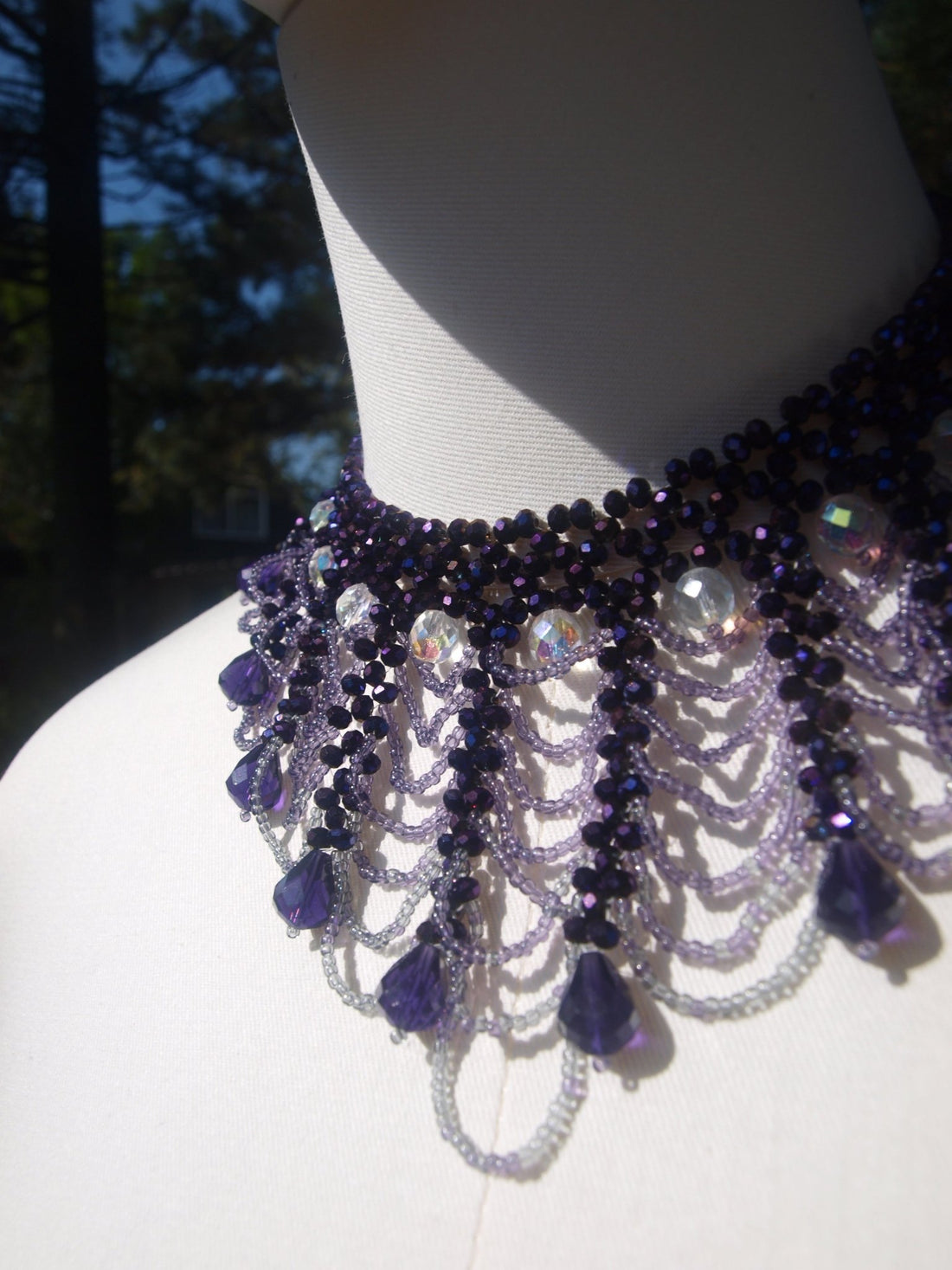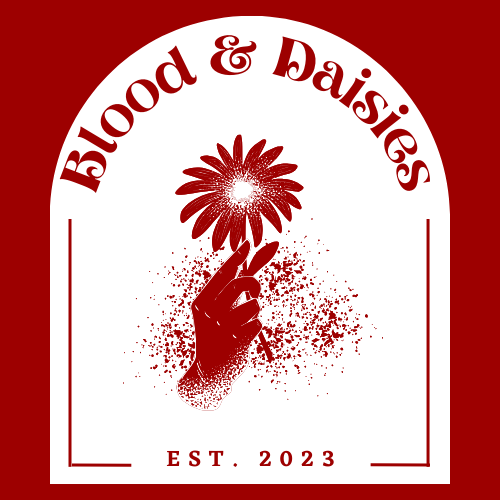
The Global History and Art of Beaded Jewellery
Beading, a craft as ancient as civilisation itself, traces its origins to some of the earliest human societies. Beads, crafted from materials as diverse as shell, bone, glass, and precious stones, hold a timeless appeal that has captivated cultures worldwide for millennia. From their origins as symbols of status and protection to their current role as fashion and artistic expression, beads and beaded jewellery have woven a rich and complex legacy that continues to thrive. This exploration delves into the journey of beading across centuries and continents, revealing how these small but powerful adornments encapsulate human culture, identity, and artistry.
Early Beginnings: Beads as Symbols of Power and Spirituality
The history of beaded jewellery stretches back tens of thousands of years. Archaeologists have uncovered shell beads in South Africa that date back approximately 75,000 years, making them some of the earliest known forms of human adornment. These ancient beads, strung together and worn as necklaces, were likely symbolic as well as decorative. In societies across the globe, beads quickly came to hold powerful meanings, often believed to protect the wearer or signify their status within a community.
In ancient Egypt, for example, beaded jewellery was considered highly valuable and deeply spiritual. The Egyptians crafted beads from materials such as gold, lapis lazuli, and faience—a ceramic-like substance—to create amulets and necklaces that symbolised wealth, power, and the protection of deities. Beads in particular shapes and colours were chosen for their symbolic meaning; green beads, associated with fertility and renewal, were favoured for burial rites. Similarly, in Mesopotamia, beads were often threaded into intricate necklaces and worn by royalty to denote status and divine favour. These early examples illustrate how beads evolved from decorative objects into artefacts imbued with spiritual and cultural importance.
Beading in Indigenous Cultures: A Tool of Identity and Tradition
Around the world, indigenous communities have integrated beading into their traditional crafts, using beads as markers of identity, lineage, and cultural heritage. Each community developed unique techniques, patterns, and styles, often passed down through generations and deeply rooted in the local culture.
African Beadwork
In Africa, beads have long been prized for their beauty and symbolism. West African societies have created beaded jewellery for centuries, with designs often conveying information about the wearer’s tribe, social status, and achievements. The Maasai people of Kenya and Tanzania are especially known for their intricate beaded necklaces and bracelets, which play a role in both personal and ceremonial attire. For Maasai women, specific colours and patterns convey age, marital status, and even social roles. In Nigeria, the Yoruba people also craft beaded crowns, known as Ade, worn by royalty. The colours, shapes, and arrangements of these beads serve as a visual language, expressing stories and lineage that transcend generations.
Native American Beadwork
Similarly, Native American tribes developed distinctive styles of beadwork that reflect their cultural traditions and spiritual beliefs. Using materials such as shell, bone, and later, trade beads made of glass, Native American artisans created intricate patterns representing nature, spirituality, and tribal identity. The Plains tribes, for instance, created elaborate beaded garments, often incorporating geometric patterns and floral designs, each carrying symbolic meaning. Beading became an essential part of ceremonial regalia, and even today, many Native American artists continue this legacy, with each piece representing a blend of heritage and personal expression.
Beading in Asia and Europe: The Spread of Trade Beads
As trade routes expanded across Asia and Europe, beading became a cross-cultural phenomenon, with materials and techniques spreading along these bustling corridors. In China, jade beads were prized as symbols of protection, wisdom, and status. Jade necklaces and bracelets were often worn by royalty and nobility, with the stone’s subtle green hue becoming synonymous with Chinese cultural identity. Beaded jewellery in China also featured symbols like dragons, phoenixes, and floral motifs, each carefully selected for their auspicious meanings.
In India, beaded jewellery has ancient roots, with archaeological evidence dating back to the Harappan civilisation around 2500 BCE. Indian artisans crafted beads from materials like clay, carnelian, and gold, creating pieces that continue to inspire traditional jewellery-making today. Beaded necklaces, often adorned with intricate filigree and colourful gemstones, remain a staple in Indian ceremonial attire, symbolising prosperity and spirituality.
By the Middle Ages, Europe had become a hub of beading innovation, spurred on by the rise of the glass-making industry in Venice. Venetian glassmakers crafted beads that were exported across Europe and Africa, making their way into various jewellery traditions. These “trade beads” became highly sought after, with European nobles favouring beaded jewellery as a symbol of wealth and refinement.
The Renaissance of Beaded Jewellery in Modern Fashion
The 20th century brought a resurgence of beading as an art form, catalysed by globalisation and the increasing accessibility of materials. In the 1920s, Art Deco jewellery made heavy use of beads, combining glass, gemstones, and precious metals in geometric designs. The period's fascination with exoticism led to a surge in African, Native American, and Eastern-inspired designs, making beads a staple of the avant-garde fashion of the time.
By the 1960s and 1970s, beaded jewellery became intertwined with the countercultural and bohemian movements. Artists and fashion enthusiasts alike embraced beading as a form of self-expression, drawing inspiration from global beadwork traditions. Brightly coloured, handmade necklaces and bracelets became symbols of individuality and rebellion against mainstream fashion norms. The popularity of these styles helped establish beading as a democratic art form that could be enjoyed by artisans and enthusiasts alike, regardless of background.
In recent decades, beaded jewellery has found a new place in both high fashion and artisanal craftsmanship. Contemporary designers incorporate traditional beading techniques with modern aesthetics, blending materials like glass, metal, and crystal to create intricate, statement-making pieces. The craft has also been revitalised by sustainable fashion movements, with many artists now favouring eco-friendly materials, vintage beads, and ethical production practices.
Beading as Art and Therapy: A Craft for Wellness and Connection
Today, beading has evolved beyond fashion to become a therapeutic art form. Studies have shown that beading can offer cognitive benefits and reduce stress, making it a popular choice for mindfulness and art therapy. The repetitive motion of threading beads, combined with the satisfaction of creating tangible beauty, has led to its widespread use in therapeutic settings. In this sense, beading represents both a personal journey and a connection to something larger, uniting practitioners with an ancient tradition that spans human history.
Online communities have further amplified beading’s popularity, providing platforms for artists to share their work and exchange techniques. Through social media, beading has grown into a global community, with artisans from diverse cultural backgrounds contributing to the craft’s ever-expanding tapestry.
Conclusion: Beads Through Time, Threads of Humanity
Beaded jewellery is much more than adornment; it is a form of human expression that has travelled across time and borders, linking people to their past, their communities, and their creativity. From ancient Egypt’s powerful amulets to the cultural beadwork of Africa and Native America, beads tell stories that resonate across cultures and eras. Today, as beading continues to evolve, it reflects our shared history, symbolising the human desire to create, connect, and find beauty in the smallest things. This legacy in beads will continue, adding new designs, meanings, and stories to an art form as old as humanity itself.
Sources
- Dubin, L. S. The History of Beads: From 100,000 B.C. to the Present. Harry N. Abrams, 2009
- Sprague, R. "Beads and Beadwork of the American Indian." American Antiquity, vol. 31, no. 5, 1966, pp. 741–756
- Phillips, R. B. Beads, Body, and Soul: Art and Light in the Yoruba Universe. UCLA Fowler Museum of Cultural History, 1995
- https://surface.syr.edu/beads/
- https://en.wikipedia.org/wiki/Native_American_jewelry
- https://en.wikipedia.org/wiki/Beadwork
- https://beadflowers.co.uk/beading-therapy/
